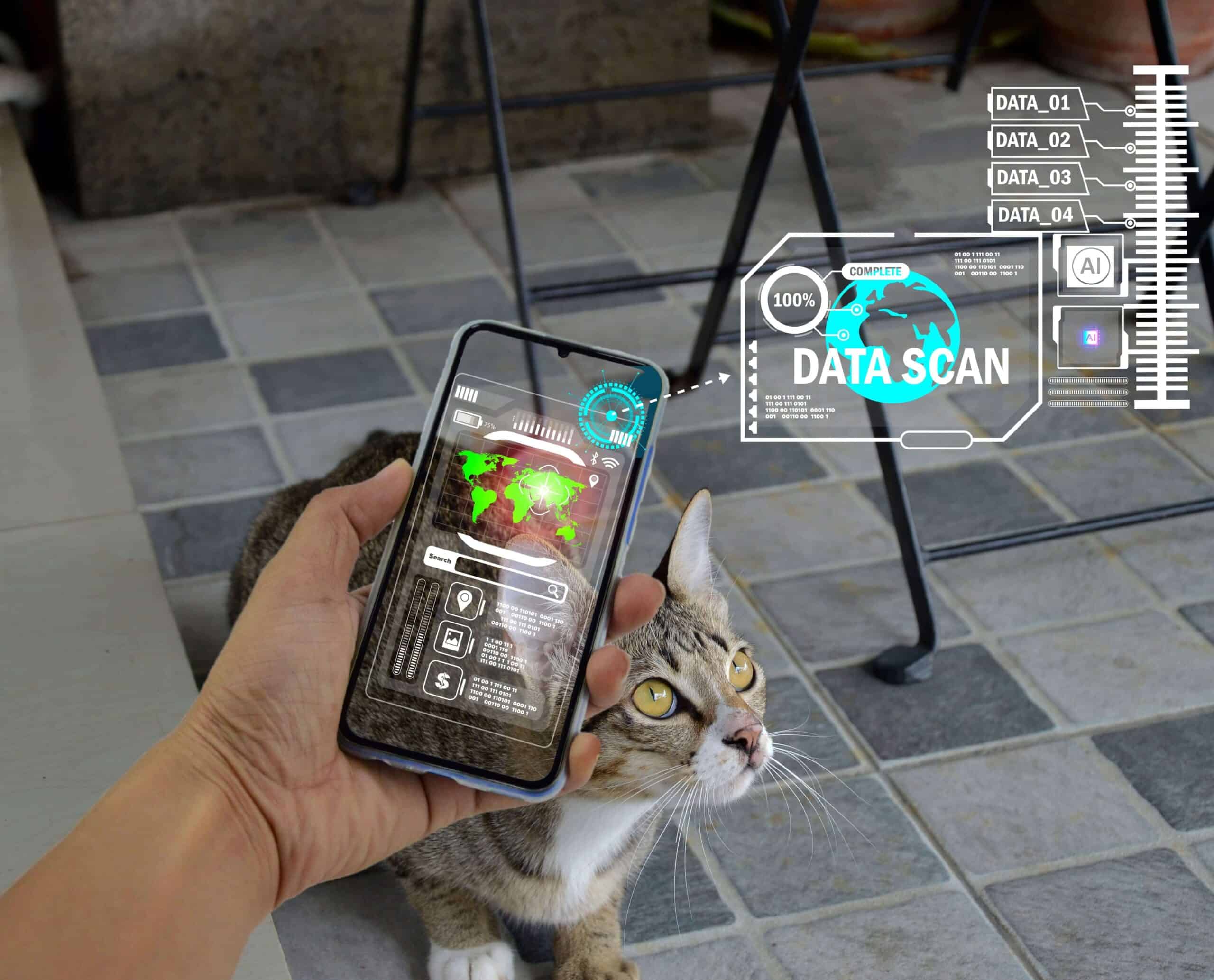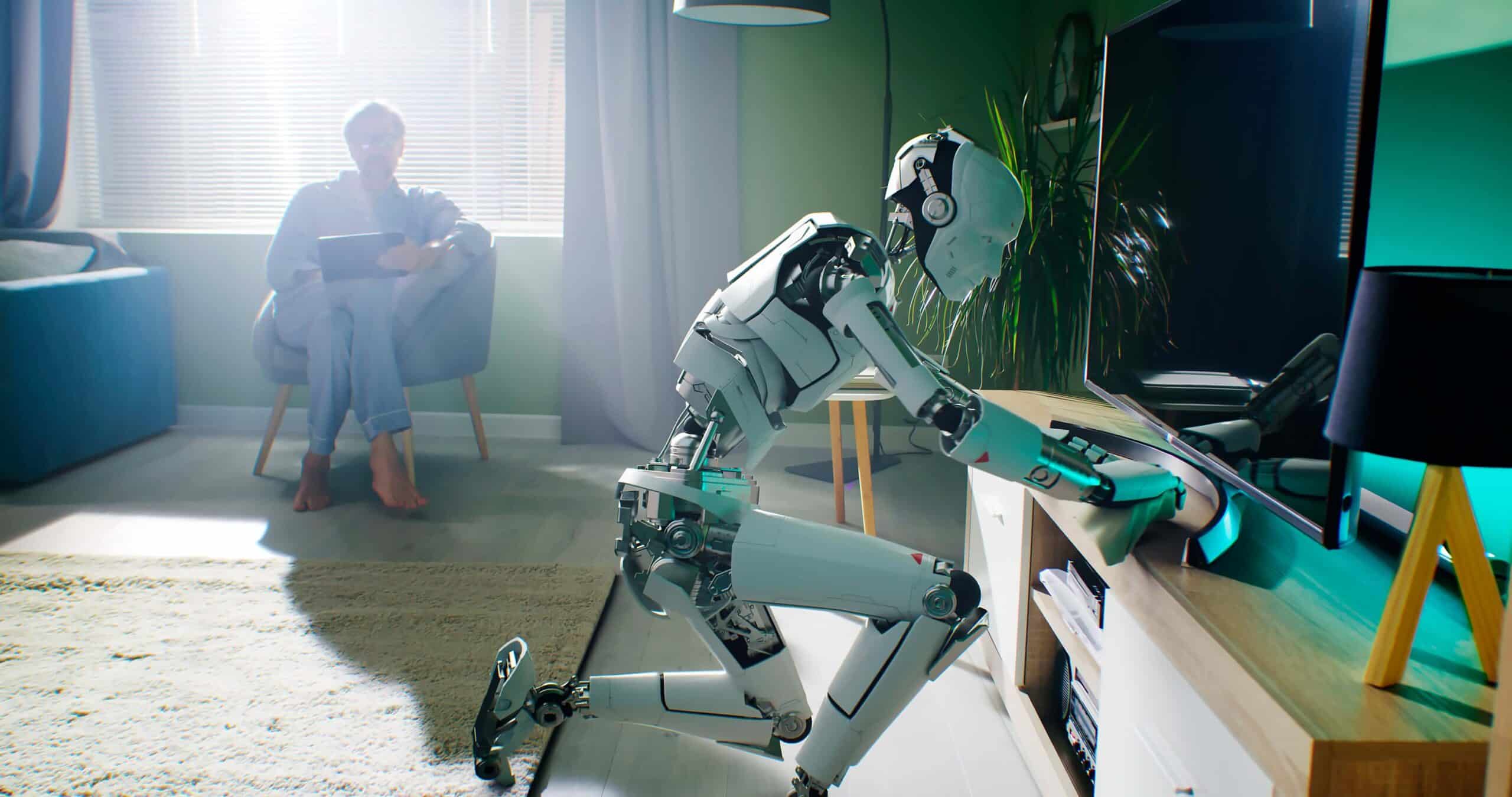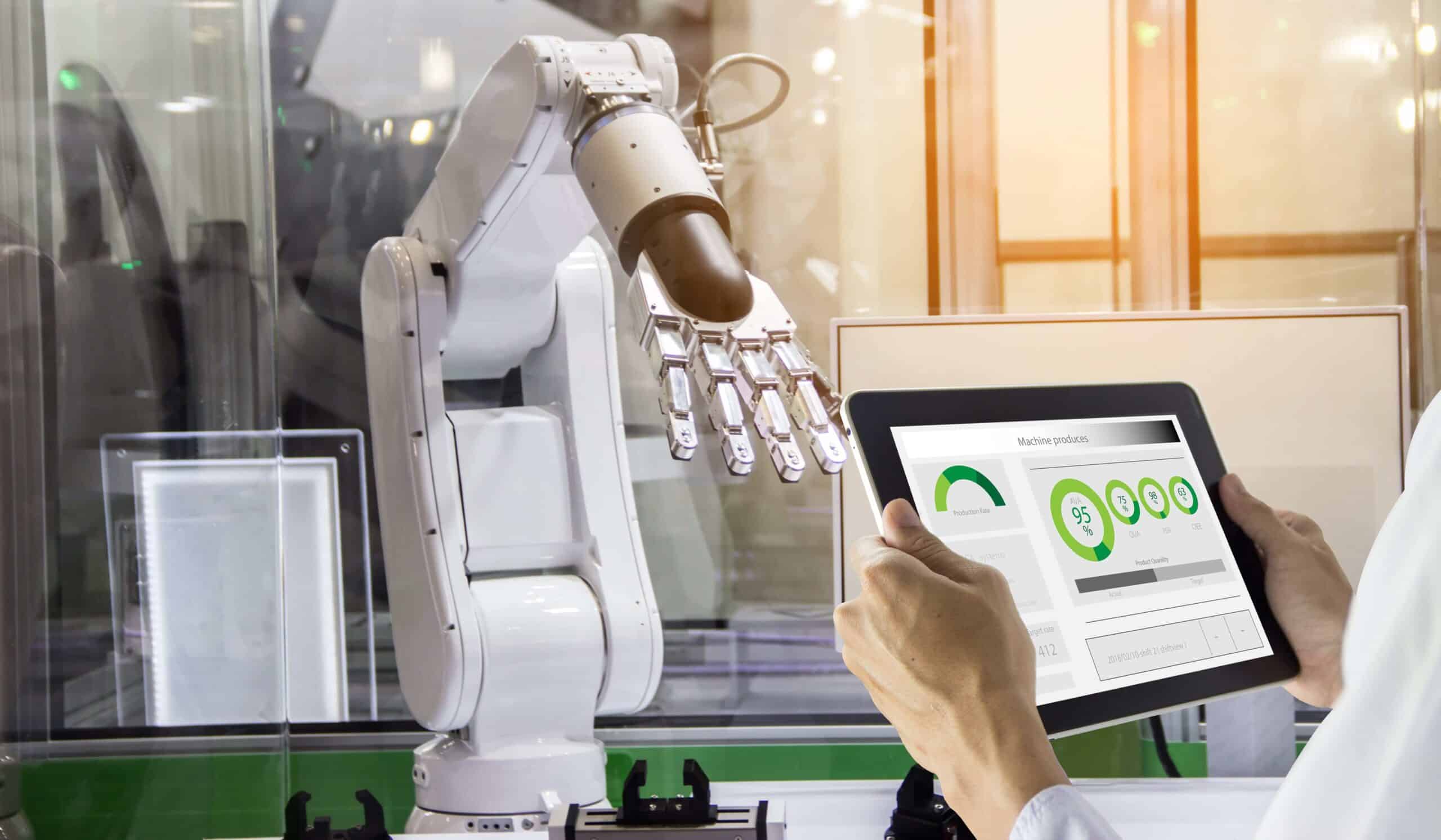- Crops managed by the Internet of Things – hi-tech salad, anyone?
- Connected cows can help flag potential problems and perfect the mating game
- The internet of bees
- Virtual reality chickens to roam endless fields
Animal and crop farming are industries in which the Internet of Things has caught on very quickly with a host of benefits and very little downsides. The IoT enables us to cut costs, increase production and improve the wellbeing of our animals. We already have connected cows that can be monitored to prevent disease and we have sensor-controlled areas where modified vegetables are growing under the perfect conditions. But that’s just the tip of the iceberg. Read on for everything you always wanted to know about hi-tech salad and virtual reality chickens – but were afraid to ask.
Crops managed by the Internet of Things – hi-tech salad, anyone?
Contrary to popular belief, lettuce is not necessarily healthy for everyone. For people suffering from chronic kidney disease or those who are on dialysis, for instance, the high potassium levels in lettuce are actually dangerous. Fujitsu, in collaboration with Microsoft, have started a project in a sterile facility originally built in 1967 which was once the largest transistor factory in the world. This plant is now used grow hi-tech agricultural crops in hydroponic channels. Here, the vegetables grow better and faster, and according to unique parameters that enable distinctive specialisations – such as lettuce low in potassium. This is achieved by using sensors along the rows of lettuce that control humidity, temperature, fertiliser, light intensity and CO2. Data is sent back and forth to the cloud where it is analysed by algorithms which generate recommendations. All the plants are grown indoors, which means there is no need for pesticides. Fujitsu envisages a bright, green future in the cloud-based veggie business and is aiming for $3 million in sales by April 2017.
Connected cows can help flag potential problems and perfect the mating game
Keeping cows healthy and happy is the secret to a long, productive bovine lifespan with optimum milk production. Without the Internet of Things and sensor monitoring, problems such as illness or feeding issues might only be picked up when milk production drops or when an animal requires obvious veterinary care. Mating, insemination and calving can also be made much more efficient by sensor technology and the Internet of Things.
Sensors that track the cows’ every moo(ve)
Dr. Jonathan Amory at Writtle College runs a project where connected dairy cows help farmers create an early warning system for the prevention and/or diagnosis of disease such as mastitis and lameness. Mastitis is an infection in the mammary gland and the industry’s most expensive disease; accounting for nearly two billion every year in loss of livestock, veterinary costs and spoilt milk that can’t be sold. The sensors in the animals’ collars contain magnometers and accelerometers that track the cows’ movements. During the research, a group of one hundred cows were fitted with the sensors for a period of six months, sending data on the animals’ whereabouts with ten-second intervals. Pinpointing the location of a cow is not only an important factor in understanding the individual and social behaviour of the animal. It is also a valuable indicator of possible problems. A cow that’s lying down, away from the rest of the group, might be sick. With the use of sensor technology, a cow’s rising temperature could trigger an alert well before any change in behaviour might be noticed. The data collected is analysed and used to create a predictive model which can be used to monitor changes in individual and social behaviour that could indicate the onset of disease. The onset of lameness, for instance, is slow with masked symptoms. In this case the potential problem could be flagged earlier and treatment started sooner.
The mating game, perfected
According to Microsoft’s Director of Strategic Business Development for Worldwide Discrete Manufacturing, Enrique Andaluz, to determine the best time for cows and bulls to mate, farmers can kit their animals out with pedometers. This technology measures the speed and distances the animals walk. This is valuable information because cows in heat walk faster and farther. The pedometer enables the farmer to predict the ideal mating time so that impregnation chances are increased. This will ultimately translate to a fifty percent increase in the meat production of that farm. With that window of insemination more controlled, farmers could manipulate the mating in such a way that in the first half hour he’d likely get a male calf, and in the second half he’d increase the likelihood of getting a female. None of these predictions and manipulations would ever have been possible without sensor technology, advanced analytics, the Internet of Things and Microsoft’s Azure cloud.
MooMonitor and Moocall – seamless insemination and streamlined calving
The MooMonitor is a collar for cows, fitted with movement tracking sensors, that streamlines the process of insemination. This nifty piece of tech was developed by Dairymaster in Ireland and can identify when a cow comes into heat. The information gathered from the sensors can then be sent to artificial insemination vendors. Sensors in the milkery can be integrated with the MooMonitor, to help steer the cows into the direction of the artificial insemination holding pen. Another Irish company, Moocall, produces a non-invasive, tail-mounted calving sensor. The Moocall, with an algorithm specifically calibrated to bovines, monitors tail movement to predict and monitor the cow’s contractions. It alerts the farmer an hour before the cow is about to give birth. The Moocall is particularly useful for night-time calving and in situations where the farmhouse is located away from the sheds.
The internet of bees
It’s no secret that our bees are in trouble. Their numbers have declined dramatically over the past couple of years. And when bees are trouble, so is agriculture, and so are all of us. Without pollination we are unable to produce crops and we are unable to feed our cows. The disaster of the disappearing bees is also known as CCD, or colony collapse disorder. There are a few theories as to why this happens, and one of them is the varroa mite, widely considered the leading cause of colony collapse. Eltopia, in collaboration with researchers of the University of Minnesota, have come up with a possible solution. Chief executive Will McHugh and the bee keepers on McHugh’s family farm discovered that the bees were being attacked by these varroa mites.
They developed the MiteNot, an incredible system of targeted heat, with which they could kill the mites without killing the bees and without melting the wax of the hive. They created circuitry, screenprinted onto the foundation of the hive, which enabled them to heat up particular spots in the hive from within, without heating the entire structure. The special ink of the screenprint can act like a temperature sensor as well as a heater. Taking cues from the environment, the MiteNot system is actually able stop the mites from reproducing. Worker bees protect their larvae with a layer of wax and as soon as they do this, the temperature in the honeycomb changes. This is then picked up by the sensors, which immediately start generating heat of up to 108 degrees – only in those specific spots – which kills the mites but leaves the bees unharmed and the wax intact. Eltopia’s MacHugh pointed out that it is still too early to say whether their technology will help solve the problem of CCD. It has not been confirmed whether the mass deaths of our bees are actually entirely caused by mites. There is no doubt, however, that eradicating their parasitic influence significantly improves the health of our bee colonies. The bottom line is that the rate at which bees disappear simply can’t continue. Without bees, we won’t have food and that is one sting that everybody will feel.
Virtual reality chickens to roam endless fields
More and more people across the globe are starting to take animal wellbeing seriously and thankfully this is creating a shift in the way we treat animals, even the ones destined to be consumed. One problem in, for instance, chicken farming, is the lack of space in the chicken pens. Austin Stewart, professor at the Iowa State University has started a research project called ‘Second Livestock’. In this project, chickens are ‘tricked’ into thinking that they roam around freely, even while they are contained in small areas. The way this is done is by mounting tiny Oculus Rift virtual reality headsets onto the chickens’ heads, creating a virtual, less stressful environment wherein chickens can live out their lives, wandering around in endless fields. The project was named ‘Second Livestock’ – as an ode to the Second Life – the largest online 3D world. Stewart is aware that this project is not a solution to the problem many of us have with large-scale poultry farming. He developed it to start conversations around animal welfare and around our own inclination to escape from our caged lives, into virtual worlds. Stewart is well aware of the fact that his ideas are rather unorthodox. He also agrees that the question whether the ideas are actually for the benefit of the chickens, or for the humans, is not easy to answer. He does intend to take his ‘Second Livestock’ project to agricultural tech conventions to find out how big players in the farming industry would respond. He would love to partner with scientists and determine whether tests could be carried out without doing harm to the chickens. At the same time he wonders whether chickens would actually accept the technology, let alone benefit from it.









